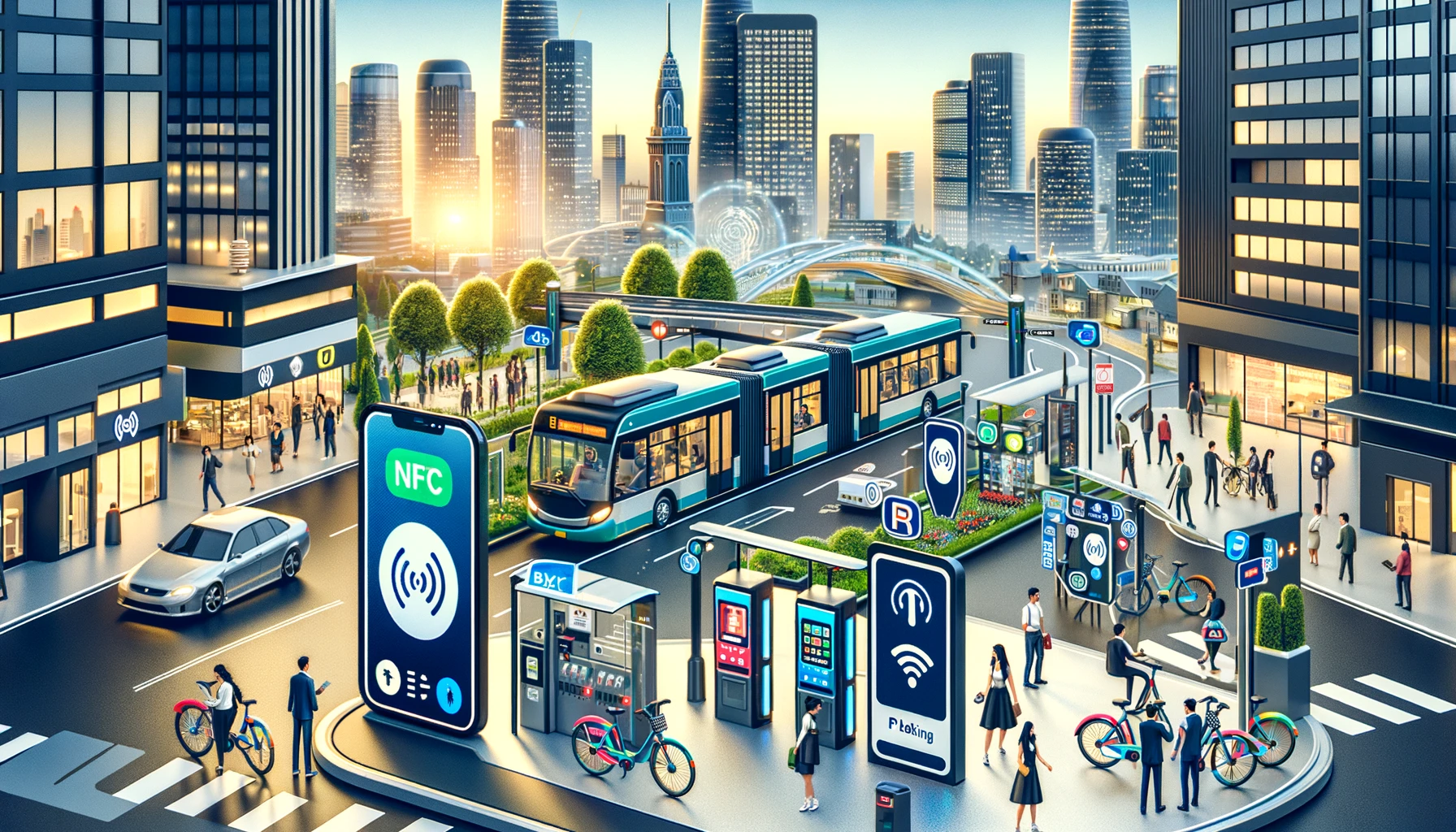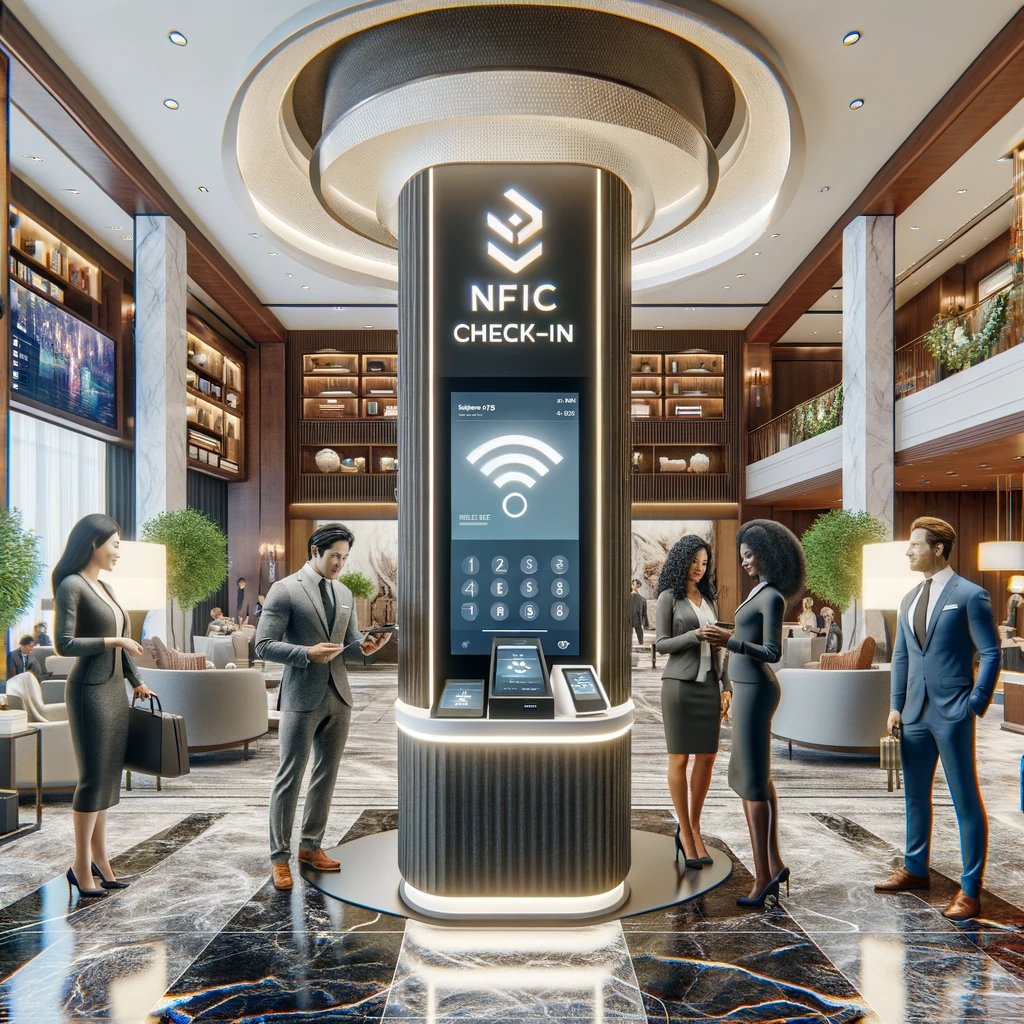
NFC: A Key Driver in Smart Urban Mobility
NFC technology facilitates seamless interactions in city transportation systems, enhancing the commuting experience for urban residents.
Simplifying Public Transit
NFC enables quick and easy access to public transportation. Commuters can tap their NFC-enabled devices for entry, eliminating the need for physical tickets or cards.
Integrated Transportation Networks
NFC can integrate different modes of city transportation, allowing commuters to seamlessly transfer between buses, trains, and other transit services.
Enhancing Commuter Convenience and Efficiency
- Real-Time Information: NFC tags at bus stops or train stations can provide commuters with real-time updates on schedules, delays, and route changes.
- Contactless Payments: Simplify fare payments with secure and fast NFC transactions, reducing queues and wait times.
Personalized Travel Experience
- Travel History and Customized Routes: NFC technology can track travel history, offering personalized route recommendations and updates based on individual commuting patterns.
- Special Offers and Rewards: Cities can use NFC to provide loyalty rewards or discounts to frequent commuters.
Supporting Eco-Friendly Urban Travel
NFC contributes to sustainable urban mobility by promoting the use of public transportation, thereby reducing carbon emissions and traffic congestion.
Data-Driven Urban Transportation Planning
The data gathered through NFC interactions helps city planners analyze travel patterns and improve the efficiency and reach of public transit systems.
Conclusion
NFC technology is not just enhancing city transportation; it's transforming it into a smarter, more integrated, and user-friendly system. As cities grow, NFC stands as a crucial component in the development of sustainable and efficient urban mobility solutions.
Most viewed




